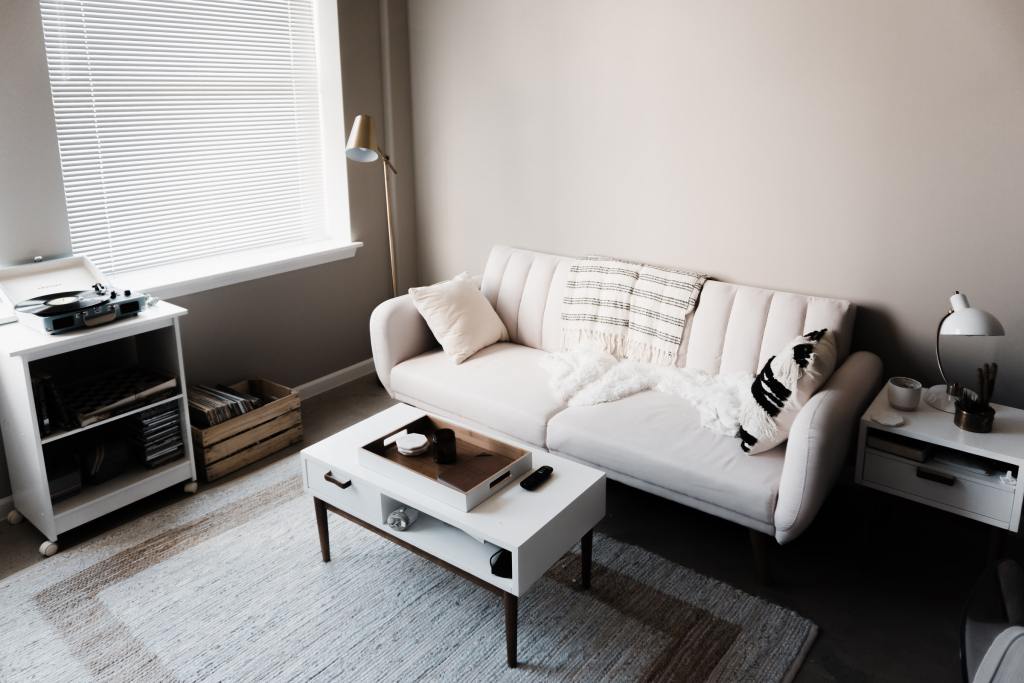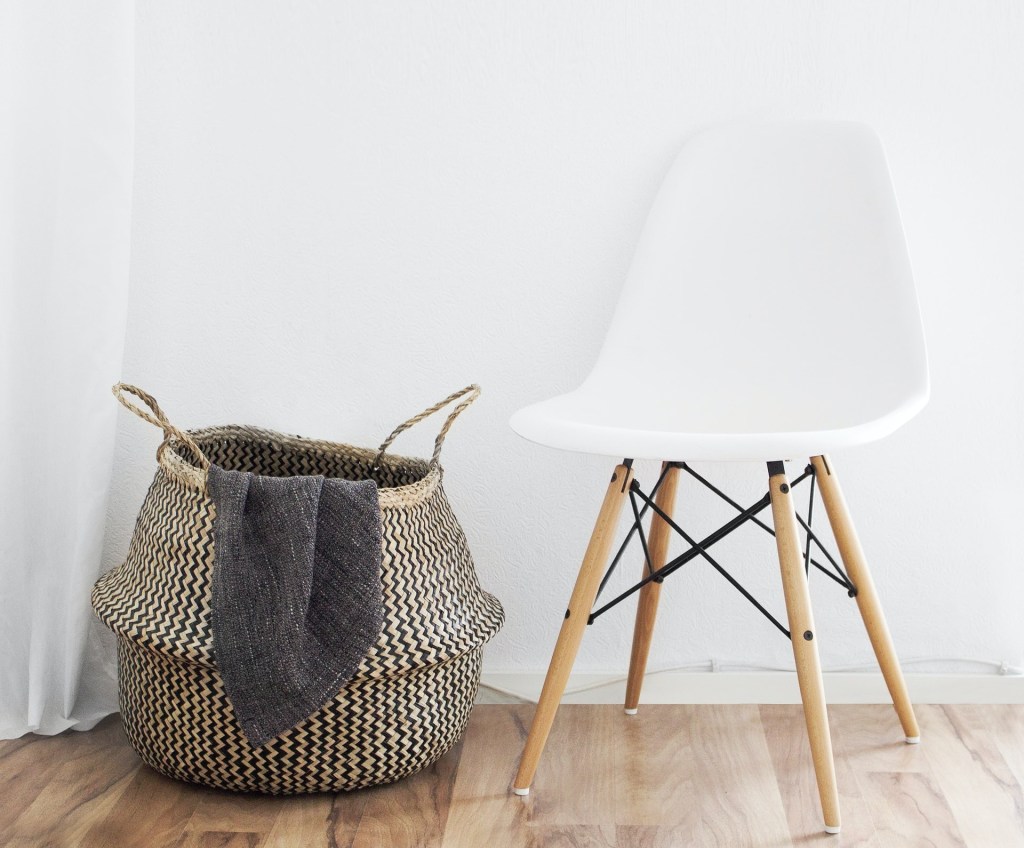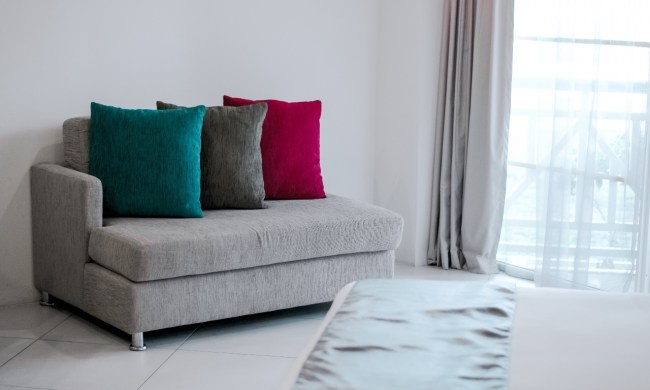Being a minimalist means that you like to live with less. You thrive on having the bare minimum and can use what you have for multiple purposes. It is a great lifestyle choice for saving money and having less stuff to take care of. Being a minimalist, however, doesn’t mean it’s always easy to stay organized. Sometimes, you need to take a step back and really see what you have in order to figure out the best place for everything. Minimalists need a different tactic when it comes to organizing. Most people buy storage bins and cabinets to accommodate for items, but this can go against what it means to be a minimalist. There are many home organization tips and tricks that keep things minimal. Find the ones that work best for you without sacrificing your minimalist lifestyle.

Everything should have a home
To ensure your minimalist lifestyle remains intact, all of your items should have a bin, drawer, shelf, or other storage location. When everything has a specific spot, it is easy to ensure you are only replacing old items and not adding new ones. For example, a bin for laundry detergent, fabric softener, and dryer sheets is the perfect way to store your laundry items. Whenever you run out of something, you can easily replace it. This type of storage tactic also lets you know when you need new grocery items.
Use vertical space
Utilizing vertical space in your home can clear up the floor and save space. Things like pegboards, hanging baskets, hooks, and more are some ways you can store and display some of your items. Cork boards can help eliminate paper clutter on counters by posting them up and storing pens in a little basket for notes, grocery lists, and reminders. Using up the vertical space in your home will give you more openness on the ground and on surfaces. It will help you maintain the minimalist look.
Decorate with furniture that has hidden storage
Benches, couches, ottomans, and more can all have hidden storage features. It is just a matter of finding the right pieces that fit your style. Furniture with hidden storage ensures that your home will stay clean-looking, and it will protect any items that would otherwise be left out. This type of furniture helps to maximize space and keep your spaces from looking cluttered.
Houzz suggests, “Spaces beneath staircases are great opportunities for good storage, but so often they become cluttered and impossible to organize.”
Use labels
Labeling items is especially handy in the pantry. Utilize identical jars and buckets to store food and cooking equipment. Labeling each jar and bucket will help you find your items quickly and efficiently. You can utilize labeling in any part of your home. It helps you keep items in identical containers without adding any confusion as to what is in which jar. Labels can help you achieve the minimalist style by decluttering and getting everything in perfectly organized order.
Apartment Therapy says, “Wherever you’ve put an organizational system into place, labels give everyone—including you!—that extra nudge to put each thing back in its designated spot.”

Have a drop zone in place for where clutter accumulates
Everyone has a place in their home where items get tossed and will be “picked up later.” It could be a closet or a large chair that accumulates jackets, hats, purses, umbrellas, and anything else. Utilize a large, hidden bin or box in the drop zone. This will allow you to hide the clutter effortlessly while also providing the convenience of easily putting items back where they belong. Imagine it being equivalent to a library book-return box. Everyone drops off their books into the bin, and a librarian puts them back in their correct spots at the end of the day. It is the same, efficient concept.
Decoist says this about a small area like an entryway, “It’s not just a place where you hang your coats, leave your shoes and drop off your purse. It’s an important part of your living space and should be honored as such. A wonderful way to decorate an entryway is to keep it clean and minimal.”
Reassess your items every few months
Even the most experienced minimalist can accidentally acquire more than they intended. If you reassess your inventory every few months, it will ensure you aren’t collecting more than you want. It also prevents too much buildup if you check your items consistently.
The purpose of maintaining a minimalist lifestyle is to live more simply. You can use these home-organization ideas to ensure your home remains clutter-free, clean, and functional at all times. Take your time and decide which tips and tactics work best for you, and you’ll be on your way to a functional, minimalist design in no time.



